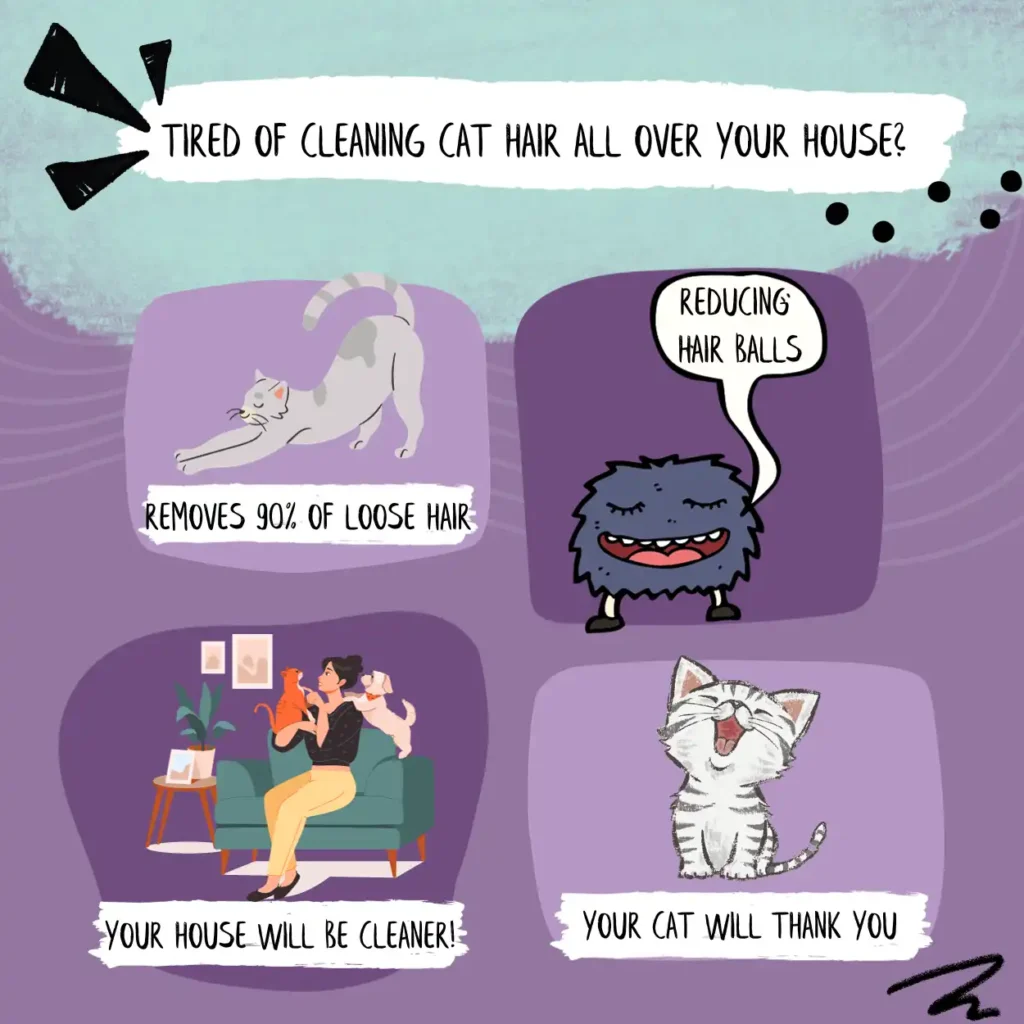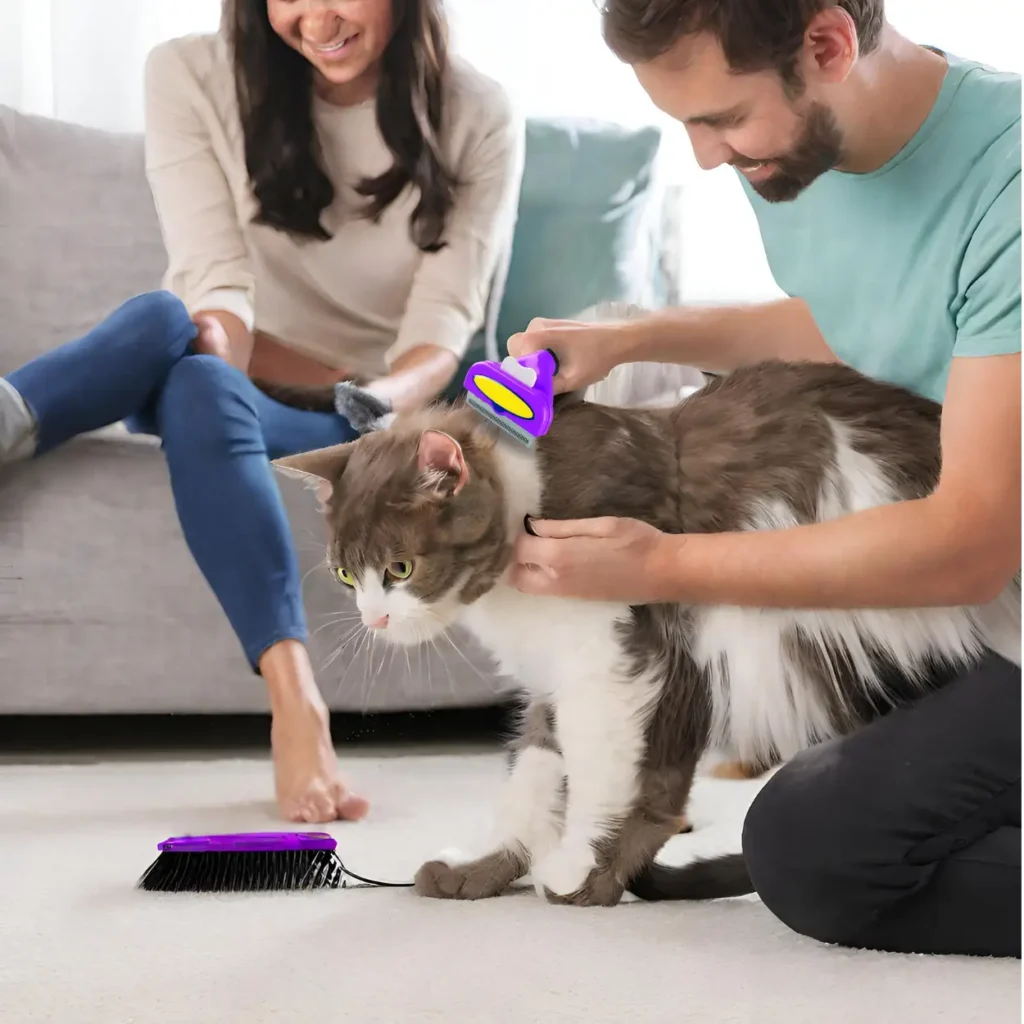GET IN TOUCH
Brush for Cats with Long Hair

Long-Haired Cat Brushing: Essential Grooming Tips
Long-haired cats are undoubtedly elegant and beautiful creatures, but they require regular care to maintain their lush coats. In this article, we will explore the importance of finding the perfect brush for long-haired cats and provide valuable tips on how to keep your feline friend’s coat healthy and tangle-free. Let’s dive in!

Why is a Proper Brush Crucial for Long-Haired Cats?
When it comes to long-haired cats, a proper brush is essential for their care. Brushing their coat daily not only helps prevent tangles and matting, but it also promotes healthy skin and coat. Regular brushing helps remove dirt, debris, and loose hair, reducing the formation of hairballs and preventing potential health problems. Investing in the right brush for your beloved feline companion can make a big difference.

Factors to Consider When Choosing a Brush
Before purchasing a brush, it is essential to consider factors that are specific to long-haired cats:
- Type of bristles: Opt for a brush with soft bristles to ensure gentle grooming and avoid discomfort for your cat.
- Brush design: Look for a brush with bristles or teeth spaced widely to avoid breakage or damage to the hair.
- Ease of cleaning: Choose a brush that is easy to clean to maintain hygiene and durability.
- Ergonomic handle: Consider a brush with an ergonomic handle that allows for comfortable grooming sessions.
Grooming Techniques for Long-Haired Cats
Grooming long-haired cats can be a relaxing and rewarding experience for both you and your feline friend. Here are some grooming techniques to ensure that your long-haired cat’s coat stays in optimal condition:

- Start with gentle brushing sessions: Start with gentle brushing sessions to get your cat used to the grooming process. Gradually increase the duration of these sessions to ensure a comfortable experience for your furry friend.
- Carefully detangle tangles and mats: Long-haired cats are susceptible to tangles, which can be uncomfortable and even lead to skin infections. Using your fingers or a detangling comb, work gently on any knots, starting from the ends and working your way up. Be patient and avoid pulling or causing pain to your cat.
- Pay attention to sensitive areas: Long-haired cats often have sensitive areas such as the belly, armpits, and hindquarters. Be especially careful when grooming these areas, as they are prone to tangles and require thorough brushing.
- Consider regular trims: If you find that your cat’s hair tends to tangle easily even with regular grooming, consider consulting a professional groomer for regular trims. Trimming the hair can significantly reduce the chances of matting and keep your cat’s coat more manageable.
- Make grooming a positive experience: Make sure your long-haired cat associates grooming with a positive experience by offering treats, praise, and gentle petting during grooming sessions. This positive reinforcement helps build trust and makes grooming a bonding experience.
Benefits of Regular Brushing

Regular brushing not only keeps your cat’s coat in top condition, but it also offers several additional benefits, such as:
- Less hair shedding: Brushing helps remove loose hair, reducing hair shedding and keeping your home cleaner.
- Improved blood circulation: Gentle brushing stimulates blood circulation, promoting healthier skin and much softer fur for your feline friend.
- Strengthening the bond: Regular grooming sessions provide an opportunity to spend quality time with your cat, strengthening the bond between you and your beloved pet.
- Early detection of health problems: While grooming your cat, be on the lookout for any abnormalities such as lumps, skin irritations, or fleas. Early detection can lead to timely treatment and better overall health.